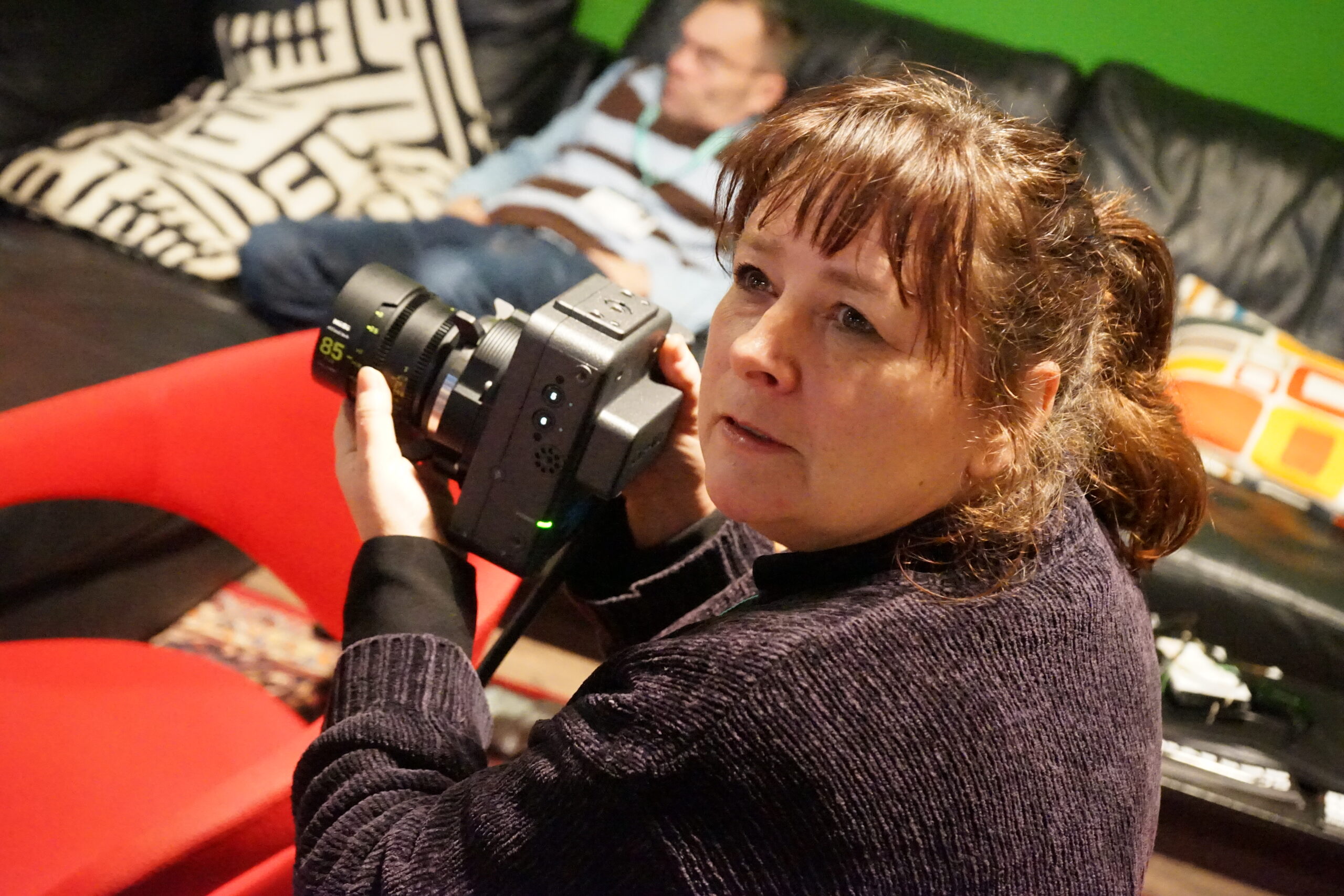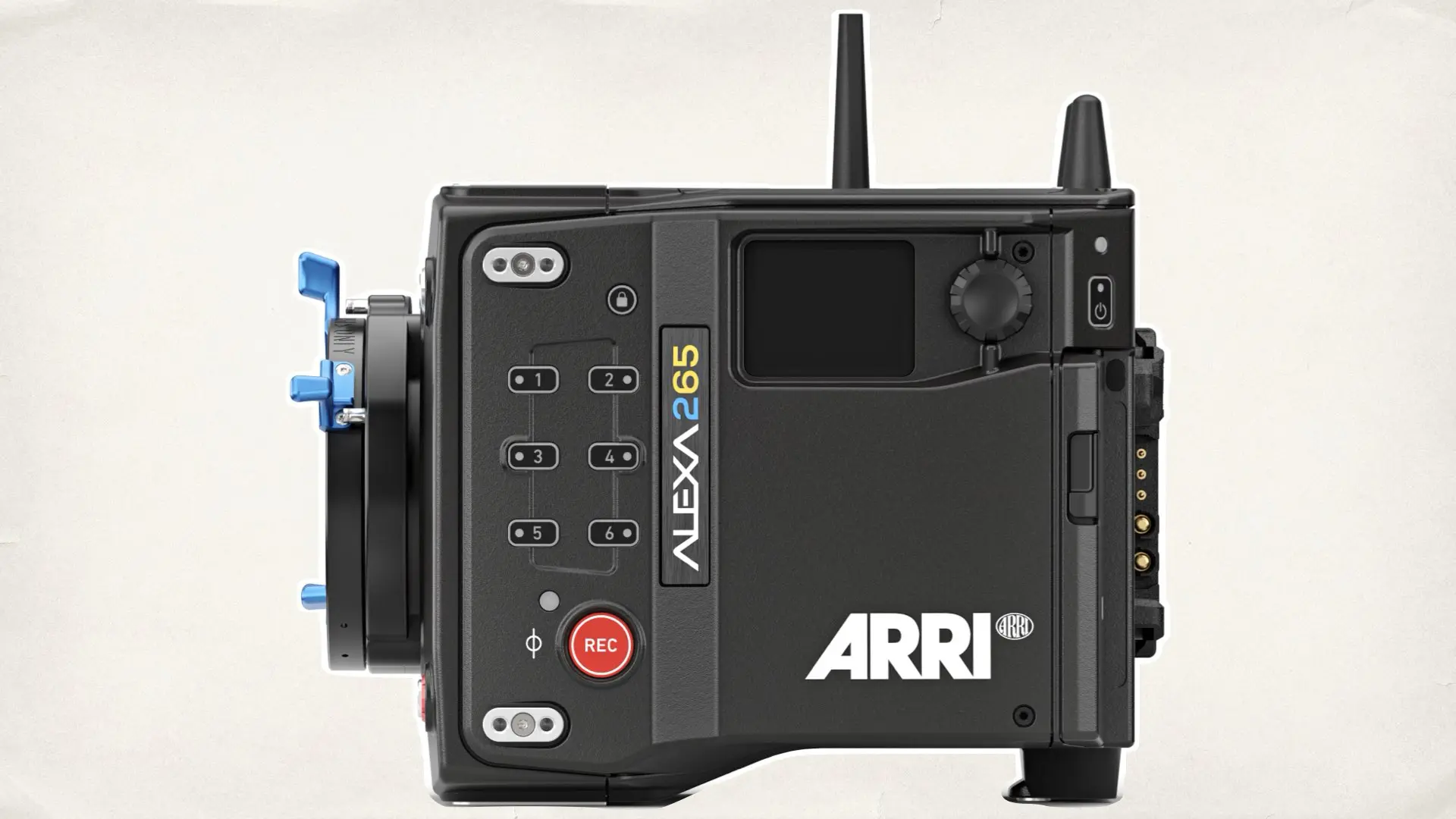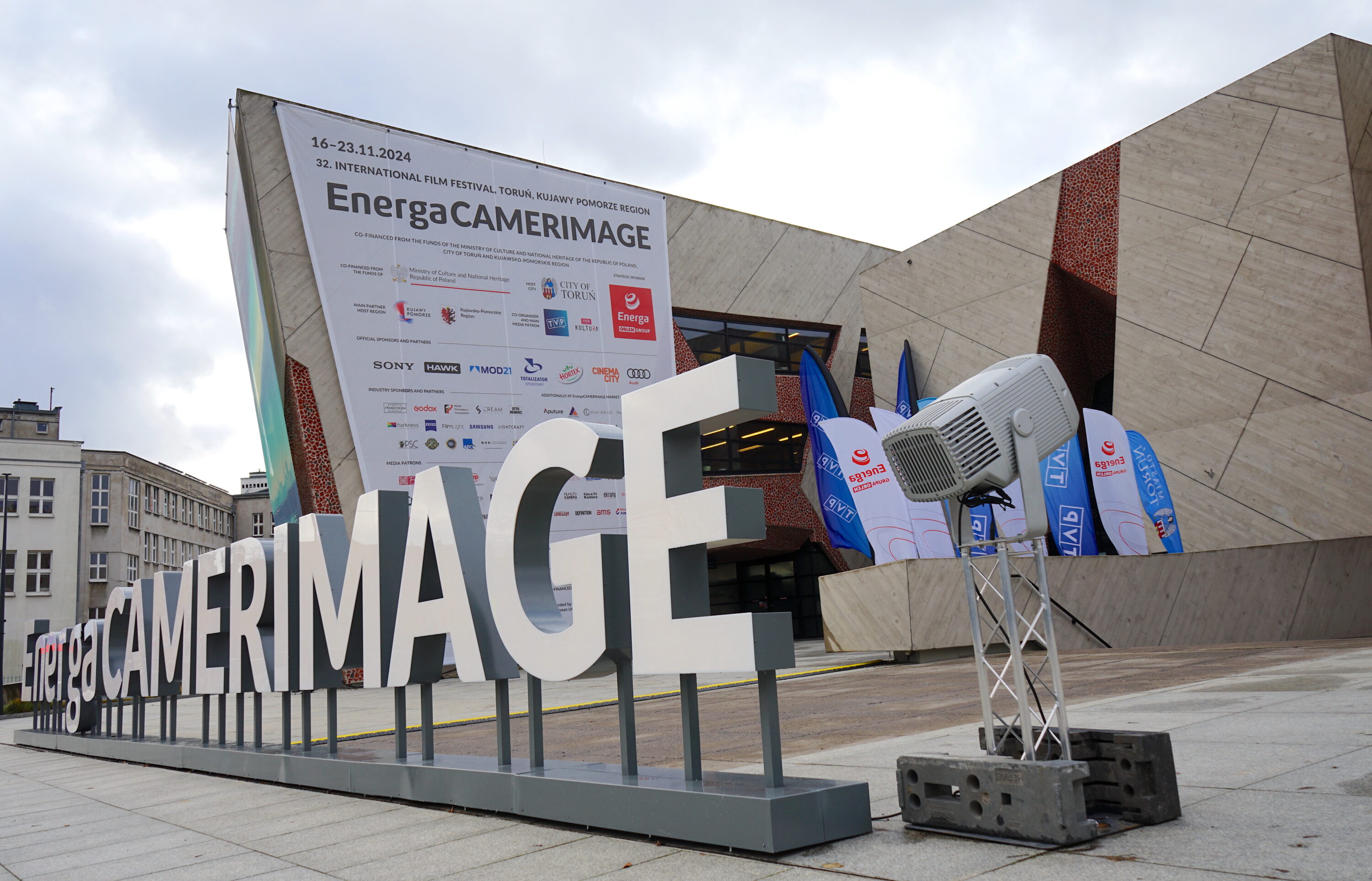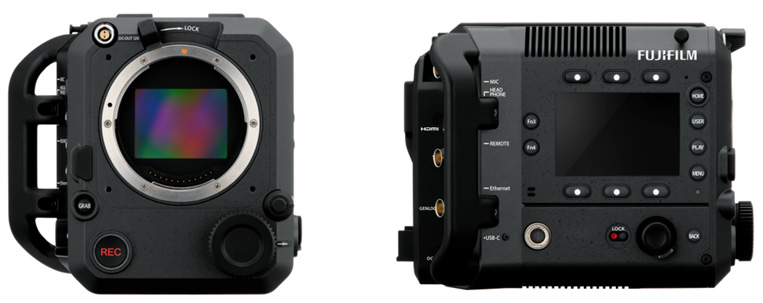Arriflex D-21: The film style digital camera
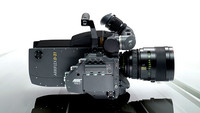
Arri visade i under måndagen den 7 april en ny uppdaterad version av sin digitala “filmstylade” kamera som nu heter D-21. Ingen ny sensor men många förbättringar, både när det gäller hård- som programvara. Ljuskänsligheten sägs nu vara max 800 ISO, minskat brus, större dynamiskt omfång, möjlighet till 2K raw data mode utgång för bl.a. inspelning med anamorfiska objektiv då sensorn i D-21 har förhållandet 4:3. och 16:9.
Arriflex D-21: The Film Style Digital Camera
Arri Upgrades D-20 With 2K Raw Data Output, Anamorphic Lens Options, and Improved Image Quality.
Based on feedback from the field, ARRI has undertaken a major upgrade of our film style digital camera. The ARRIFLEX D-21 has significant improvements to the image processing engine, an improved image quality, simpler operation and new accessories. New output options include a 2K raw data output mode and the use of anamorphic lenses.
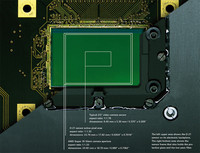
The ARRIFLEX D-21 is a film style digital camera that combines the immediacy of digital cameras with high-end film style functionality and creative options. Based on innovative ARRI Imaging Technology (AIT), the D-21 produces outstanding images with a cinematic look and feel. Through its single, Super 35 sized CMOS sensor, the D-21 uses the same lenses as 35mm film cameras. It also has the same cinematic depth of field and can be used with anamorphic lenses. It has a bright optical viewfinder, is capable of variable frame rates and is compatible with ARRI film camera accessories. The D-21 outputs either the raw sensor data for a 2K workflow, or a standard HD signal.
While the D-20 has already received accolades for its superb image quality, the D-21 images have an improved color saturation and increased sharpness. A higher MTF was achieved by re-writing the down sampling algorithm from scratch and by carefully fine tuning the interaction of the optical low pass filter to the down sampling algorithm. A cleaner signal path, improved internal power management, the correction of defect pixels through Defect Pixel Correction (DPC) and the elimination of various artifacts have also led to improved low light performance. Color Management Look Up Tables (LUTs) for 100, 200, 250, 320, 400, 500 and 640 & 800 ASA are now available.
Great strides have been made towards a feasible method for recording raw data. The newly minted ARRIRAW format contains the raw sensor information and can be used up to 30 fps. It can be transported via the HD-SDI link, embedded in the standard RGBA 4:4:4:4 transport protocol. Close cooperation with manufacturers of data recorders ensures a method of recording and previewing the ARRIRAW format. ARRI software tools that are currently in beta testing can process the ARRIRAW files through advanced debayering algorithms. The ARRI software can output either an HD image or a 2K data file. 2K data files are similar to the files created by a scanner, and so as easy to grade as scanned data. Thus the D-21 can supply image content for the existing 2K workflow.
Since the raw data format transports all pixels of the 4:3 aspect ratio D-21 sensor, the D-21 is the only digital camera that allows plug & play use of standard anamorphic lenses, expanding the creative choices of directors and cinematographers who choose to work with digital images.
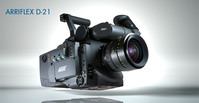
A number of new hardware pieces complete the picture. A new shoulder set S-5 has been created specifically for the D-21, and new ground glasses for the 1.33, 1.78, 1.85 & 2.39 formats are now available. All D-21 cameras will come equipped with the FEM-2 addition, which provides a built-in radio for wireless lens and camera control. The FEM-2 also contains motor drive electronics, so the ARRI Controlled Lens Motors (CLM) can be plugged directly into the camera without any annoying extra boxes.
The list below are the primary improvements in the D-21.
System stability:
- –Boot problems in HD path eliminated
- –Frame swap errors (> 30 fps) eliminated
In camera dead pixel correction:
- –Eliminates need for manual dead pixel correction
- –Grabs all blinking pixels on the fly
- –Precondition for frame rates 1 – 60 fps
Remote control:
- –OSD can be commanded via telnet
- –FEM2 works with WRC2 now
User interface:
- –Lock button on 435 locks push/turn button at the back of the camera
- –OSD simplified, frame rates separated from HD-SDI settings
- –Frame rate is commanded centrally by OSD, no more double setting of norm speeds necessary (435 part and HD part)
Software Update procedure:
- –Easy to use Windows program available
- –Update is a one button task now
Raw data:
- –Quantel mode has been renamed ARRIRAW
- –ARRIRAW works at all norm speeds up to 30 fps
- –Tool chain for processing raw data
- –Advanced software based debayering
- –Recording of ARRIRAW with S.two Take 2
- –Film like workflow with raw data, matrix + log creates data as easy to grade as scanned data
Sensor board patch:
- –Line noise eliminated
- –500 ASA works, higher gains available (up to 800 ASA)
- –64 column pattern in h smear eliminated
Notes: all your cameras already have this sensor patch.
PIM HD patch:
- –Sony fibre interface works. No more problems with Flashmag
ECU power patch:
- –Feedback of voltage drops on PIMs (see above) into AD converters has been minimized.
- –Necessary because voltage drops are more heavy now due to additional algorithms running in the PIM FPGAs
- –Black “feedback” bar in noise level very faint now (will be further improved)
- –Some sensors did show artefacts due to heavier feedback, has been eliminated
Mini CDS:
- –works now from 30-60 fps
ADGOC code redesign:
- –Column noise eliminated
Sensor timing optimized:
- –H smear more smooth
- –60 fps without mirror shutter possible
- –No more mirror shutter shading in 4:3 images
- –Less artefacts
Notes: Recalibration necessary!
Image quality improvements:
- –Elimination of chequerboard pattern in highly saturated colours with better down sampling in the PIMs
- –Optimized MTF due to better down sampling
- –Optimized debayering due to better down sampling
- –First line artefact eliminated
- –More color in the blacks
To turn a D-20 into a D-21, hardware and software upgrades are necessary.

